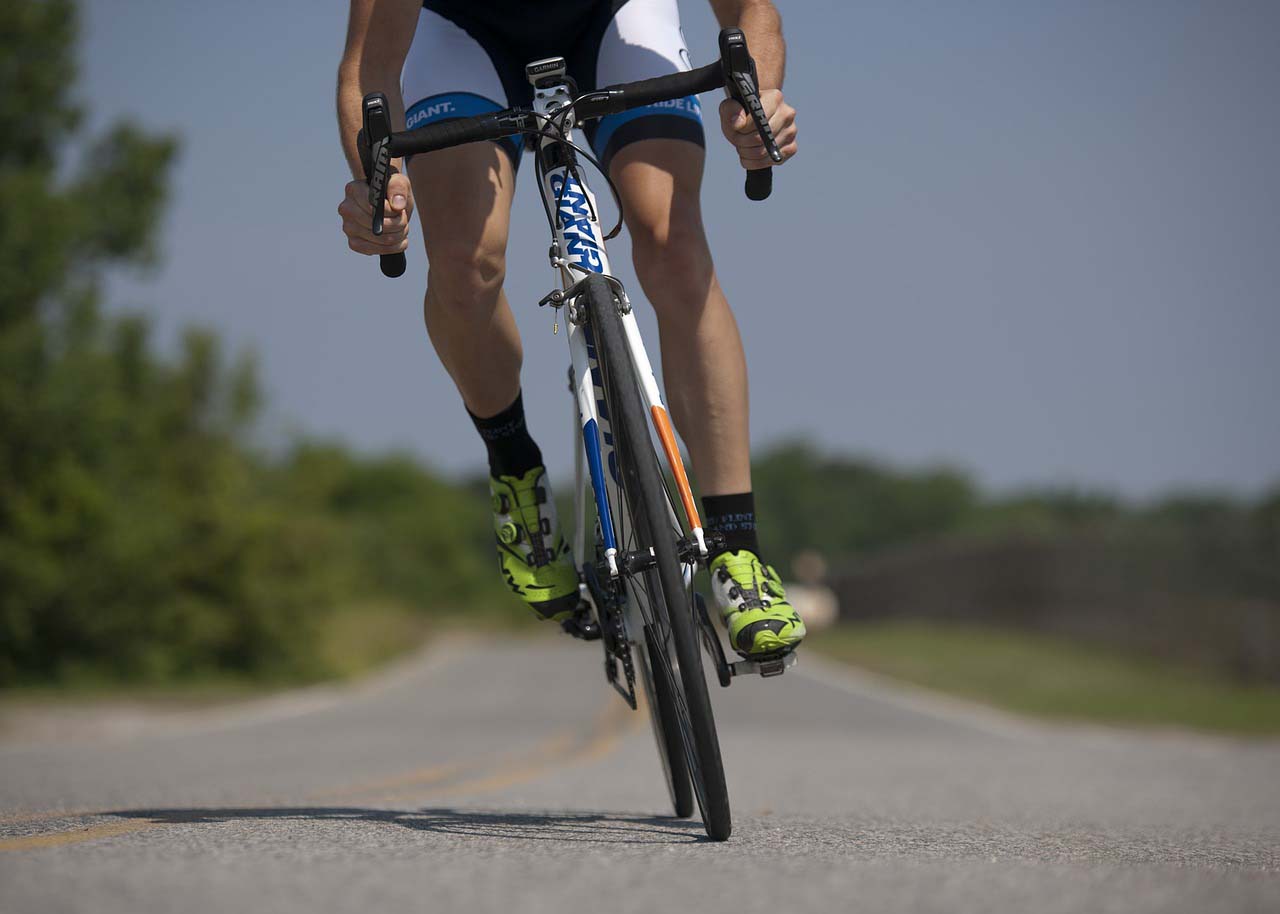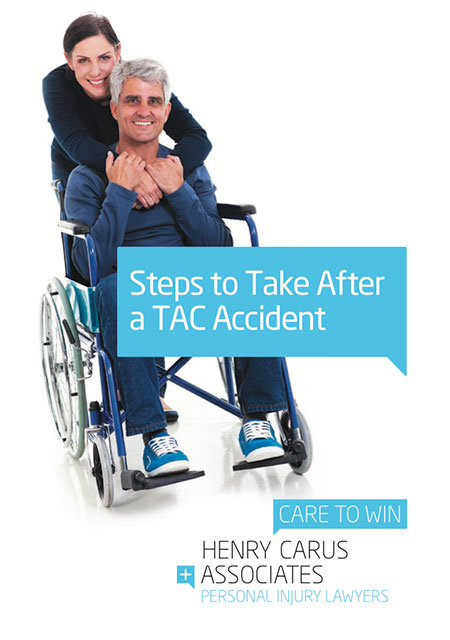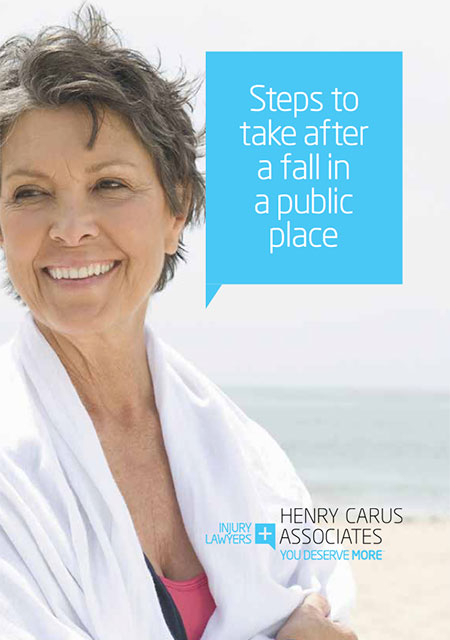
You’ve seen it before; a car stops short, a bike swerves. Yelling through an open driver’s window. Perhaps even a rude gesture from the person on the bike. These incidents happen everyday on our streets. The question is, who’s to blame for the daily battles between drivers and cyclists? It doesn’t need to be this way, however. There shouldn’t be a ‘war’ between the two groups. Drivers are cyclists too, and vice versa.
Both groups need to realise that they’re sharing the road with one another. Neither has an inherent right of way. Both have the right to be there, and safety should always be the #1 priority for both. Awareness is important to prevent accidents and avoid issues that could lead to other legal repercussions. The reality is that a little common sense and courtesy can go a long way towards minimising the number of these driver/cyclist conflicts. Each has certain responsibilities when it comes to sharing the road.
The rules around bike lanes
To begin with, cyclists should always ride with the flow of traffic, or to the shoulder moving the same direction as the flow of traffic. If there is a bike lane, it must be used by cyclists, however they are not required to use a separated bike path or shared footpath should they choose not to. On the other hand, drivers should never drive in a bike lane except for very specific circumstances such as making a turn, avoiding an obstruction in the road, or entering traffic. When entering the bike lane, drivers should always make sure it is clear of cyclists and other motorists.
When driving on the road without a bike lane, cyclists shouldn’t be weaving in and out of lanes. Any lane changing should be indicated using hand signals. Cyclists in groups can travel two abreast if possible, however it is safer and less of an impediment to traffic if they ride single file. When passing bikes, drivers should always provide a metre of space when the speed limit is 60km/hr or less, and 1.5 metres when the limit is above 60km/hr. In a passing situation, it is acceptable for the driver to cross lane markings, but they must remember to signal that they are moving over and signal again when moving back.
Bikes on motorways
There are some locations where riding a bicycle is prohibited. Most of the freeways don’t allow for it due to the speed of the drivers on those roadways. If a cyclist isn’t sure if they can ride a bike on certain motorways, they should assume that they cannot unless there is specifically a sign saying it is permitted to do so. There are some freeways that have shoulders where bicycles are permitted, and these are clearly signed, so never assume you can ride on a motorway unless you see a sign.
Parking and night driving
When parking on a street, drivers should always be aware of bikes that could come zipping past the car. An open door can be incredibly dangerous for a bike going by at speed. If they hit the door from the rear of the car they could easily be killed. If they hit it coming from the front, they’ll definitely be injured, as will the driver as the door could slam on them.
Cars are outfitted with all sorts of lights and signals so they can be seen and the intention of the driver is clear to all on the road. Bicycles should also be outfitted with at least a headlight, especially at night, and the rider should wear reflective clothing. A helmet is always a must, even for the most advanced cyclist. You just never know what may happen out on the road, and a helmet is the best protection possible.
There are laws and standards in place for both drivers and cyclists for a reason. It’s up to law enforcement agencies to ensure that the rules of the road are being followed by all. Cyclists should note that they will pay the same fines as a driver would for the same offence. As such, drivers should also make sure to take care, since cyclists are much more vulnerable when it comes to a collision between a bike and a car.
It should be clear that many of the difficulties faced with bikes and cars sharing the road can be alleviated with a little care and consideration. Knowing the law is essential, but so is using common sense. Our roadways would be much safer if everyone using them was looking out for and taking care of one another.
If you’ve been injured in an accident involving a bike and car, you may want to consult with a personal injury lawyer. A lawyer will be able to examine the situation, review the laws involved, and be able to determine how to best proceed with any claims you may have.
 Call Us Today
Call Us Today



